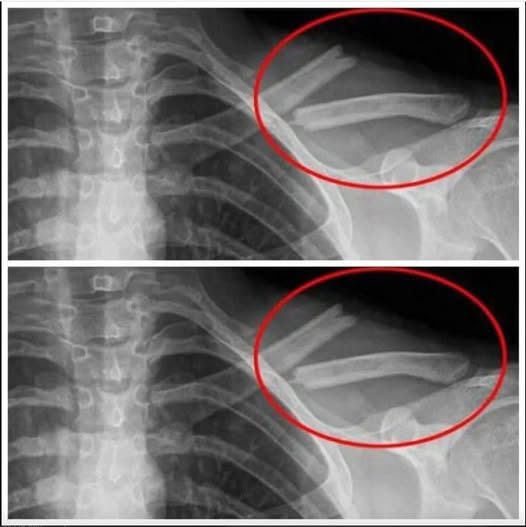🔍 Introduction
In today’s health-conscious world, we often overlook the hidden dangers lurking in our daily lives. One of the most alarming threats is a silent poison that many people unknowingly come into contact with—a toxic substance that can gradually erode bone health and lead to serious skeletal damage. This isn’t a horror movie plot—it’s a real and growing concern.
In this article, we’ll dive deep into the dangerous toxin that could destroy your bones, the science behind it, where it’s found, and—most importantly—how to protect yourself.
☠️ What Is This Poison?
The “poison” in question is heavy metal toxicity, especially lead (Pb) and cadmium (Cd)—two hazardous substances commonly found in contaminated water, old paints, industrial environments, and even some food products.
💀 Why Are They Dangerous?
These metals are bioaccumulative, meaning they build up in the body over time. Once absorbed, they interfere with calcium metabolism, a vital process for bone strength and density. Overexposure can lead to:
- Osteoporosis
- Bone fractures
- Chronic joint pain
- Increased risk of arthritis
- Kidney and liver issues
🧬 The Science: How These Poisons Affect Your Bones
Research shows that cadmium disrupts osteoblast activity—the cells responsible for bone formation—while lead replaces calcium in bone tissues, making them weak and brittle.
A 2023 study published in the Journal of Bone and Mineral Research confirmed that individuals with high lead levels had significantly lower bone mineral density (BMD), making them more prone to fractures and chronic orthopedic conditions.
⚠️ Common Sources of Bone-Damaging Toxins
You might be shocked to learn where these toxins are found:
| Source | Toxin | Risk Level |
|---|---|---|
| Old household paint | Lead | High |
| Cigarette smoke | Cadmium & Lead | Very High |
| Contaminated water | Lead | Moderate |
| Some imported goods | Lead | Variable |
| Battery factories | Cadmium | High |
| Fertilizers & soil | Cadmium | Moderate |
🔒 How to Protect Yourself
Protecting your bones starts with toxic exposure prevention. Here’s how:
✅ 1. Test Your Water
Have your tap water tested for lead and heavy metals. Consider using NSF-certified water filters.
✅ 2. Avoid Old Paint
If you live in a home built before 1978, it could contain lead-based paint. Hire certified professionals for removal.
✅ 3. Don’t Smoke
Smoking significantly increases cadmium levels in the body. Quitting is one of the best ways to protect your bones.
✅ 4. Eat a Clean, Calcium-Rich Diet
Foods rich in calcium, magnesium, and vitamin D support bone health and reduce the absorption of toxic metals.
✅ 5. Detox Naturally
Incorporate cruciferous vegetables, garlic, cilantro, and green tea, which may support natural detox pathways in the body.
🧑⚕️ When to See a Doctor
If you suspect exposure to lead or cadmium, especially if you’re experiencing unexplained joint pain, fatigue, or frequent fractures, consult a toxicologist or bone specialist. Testing for heavy metal levels in the blood or hair is often necessary.
🔚 Conclusion
Your bones are the foundation of your body—literally. Protecting them from toxic exposure is crucial not just for mobility but for your long-term health. Don’t let hidden poisons rob you of your strength.
💡 Be proactive. Stay informed. Live toxic-free.
